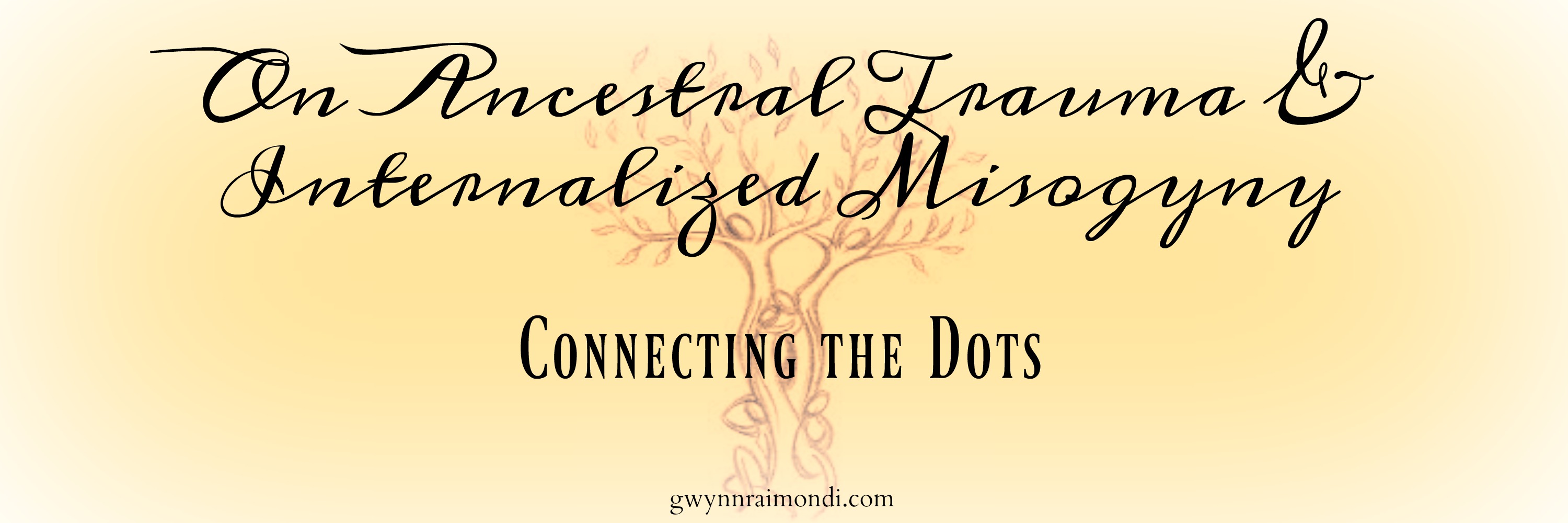
We’re all ghosts. We all carry, inside us, people who came before us.
~Liam Callanan, The Cloud Atlas
Sympathy is only meted out if you follow all of
society’s rules for how a victim is supposed to behave.~Nenia Campbell, Cease and Desist
We live in a patriarchal culture. The way this culture, our culture, presents itself is one of domination, authoritarianism, and oppression. There is a hierarchy in our culture with able-bodied, CIS, heterosexual, socio-economically abundant men at the top of the hierarchy. Women, are always below men in this hierarchy. White women below white men, black women below black men, Latina women below Latino men, etc.
Men first, then women. There is a hierarchy for women only too, based again on color of skin, able-bodied-ness, sexual orientation and presentation, socio-economic (and marital) status.
It is import to note the hierarchy, and the hierarchy within the hierarchy.
This is the way our culture presents itself.
It is also the way our culture keeps us in line, on our leashes so to speak.
Our culture clearly defines our place in the world for us, and if we dare to step out of that well defined box, well, there are repercussions.
Historically speaking, the repercussions have meant torture, rape, and death.
Depending on the home, these same repercussions may be in effect to this day.
Going back to the hierarchy, it is clear that women are less than men. We are not considered equal. We are below.
This “less-than-ness” has been around for a very long time. It is how patriarchy took hold in the first place – by convincing society in general that women should be subservient, that we are not competent, that we are not to be trusted, that we are evil.
Once these stories became rooted in general society, they insinuated their ways into our homes and families. Once there, they seeped right in our minds, our bodies, our very essence and being.
The perpetuation of misogyny, the hatred of women, is dependent upon these stories. It is dependent upon not only society in general believing that women are inferior; it is also wholly dependent on how we, as women, view other women and ourselves as inferior.
When we begin to consider how our literal survival (as in to continue breathing and having a heartbeat) was dependent on, in the beginning, us not speaking up and out against these stories, and then through the course of time us wholly believing and internalizing these stories, we can see how we became isolated from other women and from our own female self (this is also true for men, however, I am speaking directly to and for women at the moment).
Other writers and coaches call this passing down of the inferiority of women the “mother-wound”. I actually refuse to use that term because I believe it perpetuates the idea that women are responsible for our own oppression and continues to put the mother at the center of the cause of all the ills of the world and our own personal ills. I believe the term itself, “mother-wound,” to be complicit and compliant to our misogynist patriarchal culture.
I have called this a “patriarchal” wound in the past. That name is still relevant and fitting, as it is a wound, or more to the point, a part of the trauma, we as women experience living in our current culture.
And.
I am finding that term to even be a bit sterile and to not take into account, at least not blatantly, the reality that this wounding and trauma has been going on, and being passed down, for hundreds and thousands of years.
I believe we need to remember the context for why we (women) began to believe these stories of our own, and other women’s, inferiority. We need to look at the consequences of what it meant not to believe them for our ancestors. We need to consider how the trauma of watching our mothers and daughters being tortured and murdered impacted us then and still impacts us today.
We need to look at the ancestral trauma that lives within us and how it presents itself as internalized misogyny and disrupts our relationships with other women and with ourselves.
I talk more about all of this in the 12-minute video below
This essay is the second in a four part series I have written exploring ancestral, inter-generational, historical and cultural relational trauma and internalized misogyny. I hope you find it helpful and informative.
This essay series is also to introduce the themes we will be exploring in the spring circle I facilitate: Unleashing Ourselves: Processing Ancestral Trauma & Dislodging Internalized Misogyny. We begin April 1. You can learn more here.
To read the other essays in the series, go to the links below::
Defining Ancestral & Intergenerational Traumas and Internalized Misogyny
Connecting the Dots (this essay)
Connecting Individual and Collective Traumas
Ending Cycles :: Processing the Past & Changing the Future
The importance of processing Ancestral Trauma & Dislodging Internalized Misogyny
